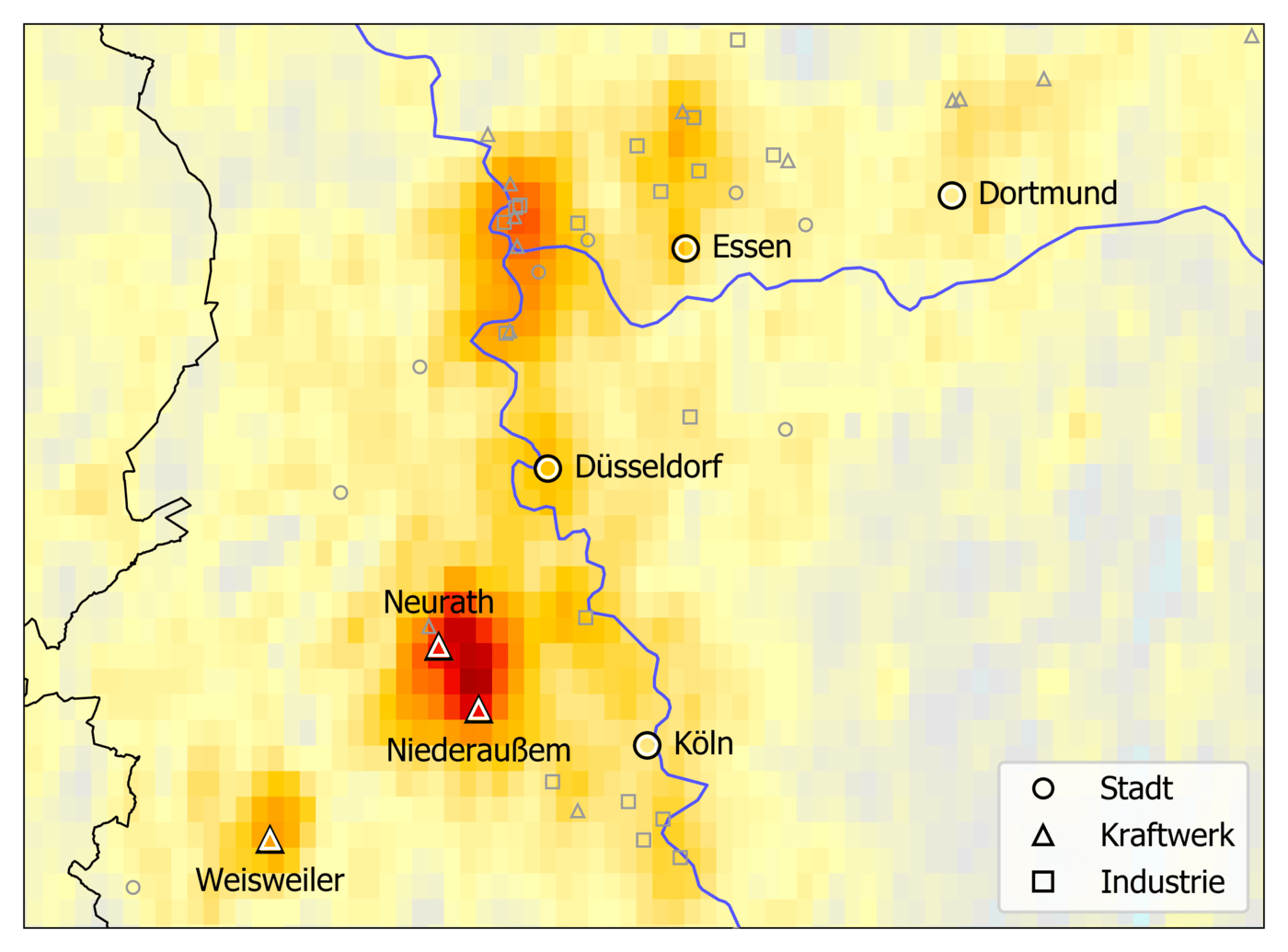
Today (23 February) the House of Representatives will debate the National Program Rural Area (NPLG) and the nitrogen problem. The NPLG states that a new balance is needed between what nature can bear and what we as a society can ask of nature. Nitrogen reduction is an essential part of this. Here are five ways to reduce nitrogen.
1. To measure is to know
To reduce nitrogen emissions, it is first necessary to identify where the emissions cause the greatest problems. Scientists at the Max-Planck Institute in Mainz have used a research satellite to investigate the emission pattern of nitrogen. This Tropospheric Monitoring Instrument (TROPOMI) of the European Space Agency (ESA) allows a clear assignment to point sources. Separation of power plants and other sources, such as traffic, is also visible,” the scientists emphasize.

The RIVM also wants to use satellite measurements. However, in combination with other models. This so-called ‘ensemble modeling’, the application of several models simultaneously, can reduce the uncertainties in nitrogen calculations. After all, satellites cannot replace the existing models. However, satellites can provide valuable information about the sources and distribution of nitrogen compounds. This allows the ensemble models to be improved.

2. Metal production without nitrogen emissions
Reducing nitrogen emissions would also help tremendously with the nitrogen problem. An Austrian company has devised a method to extract metals without nitrogen emissions. The extraction of copper from mineral ores produces large amounts of nitrogen oxides (NOx). The Krajete group focuses on the recovery of these nitrogen oxides (NOx) which are formed during copper extraction. They are filtered through zeolite, a clay-like material, and can be converted into valuable raw materials.

3. Smart gas purification
The following method is once again the work of the Austrian company Krajete GmbH. It has patented and optimized an adsorption technology in which fertilizers are produced from industrial residual gases. The Netherlands is the first to have this smart gas purification system because the technology is being used for the first time at industrial installations in our country. At the heart of the technology is a maintenance-free filter based on aluminum silicate minerals. This binds nitrogen oxides in such a way that they can be dissolved again with little effort and used for the production of fertilizers.

4. Nitrogen-free construction
The construction sector is often under fire for the large number of nitrogen emissions. But at the same time, a lot of housing is needed. The NoNo house offers the solution. This house, named after no NOx (nitrogen oxides), was built on the grounds of The Green Village, a living lab on the TU Delft campus. The nitrogen-free house serves as a location to research solutions for reducing nitrogen emissions in construction. With duckweed ferns on the roof and all kinds of experiments on nitrogen-free living, this could just be the house of the future.

5. Political sense
Perhaps the most important element in managing the nitrogen crisis is a healthy dose of political sense. It has been known for about a hundred years that the use of fossil fuels poses risks to the climate. Nitrogen reduction has been discussed for thirty years. In the article below, Bart Brouwers argues what he thinks of the nitrogen debate: collective amnesia puts individual reason aside.


